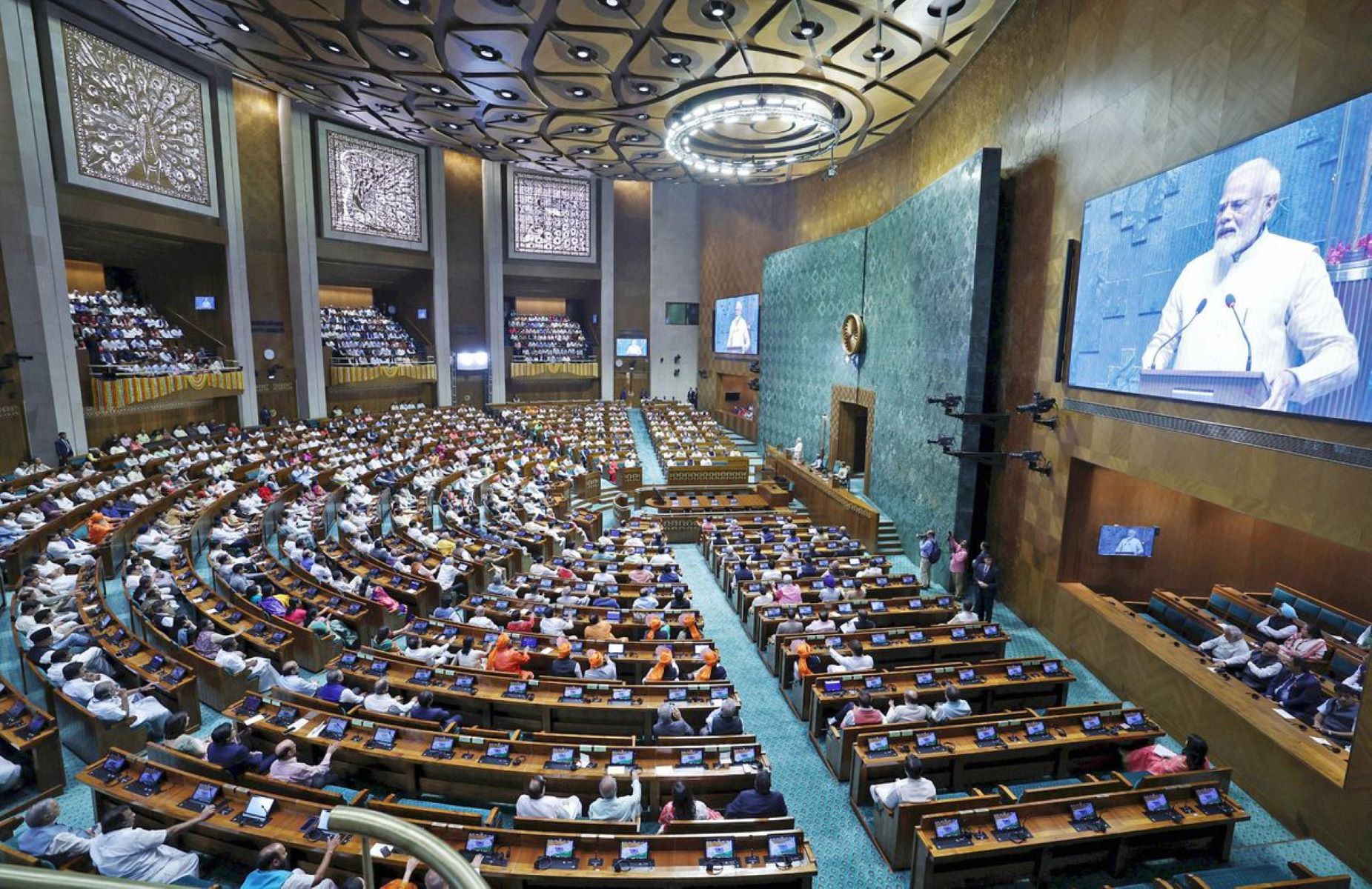In this piece, I focus on libraries, looking comprehensively albeit not exhaustively at a broad range and selection of atheneums around the world; each of which may serve a particular social or academic purpose for a specific time and context. Or they could just be a visually inspiring, beautiful, or stunning environment in which to find or read your book.
Continue readingParliament Houses
Sparked by the recent inauguration of India’s brand-new parliament building and having visited a number of parliamentary buildings in several countries, I decided to do a compilation and comparison—mostly sourced from information and images from Wikipedia—of various significant old and newer parliament buildings, with an overarching look at the different types of political systems and models these buildings serve in those countries.
Continue readingTom Uren Walking Trail – Sydney’s Balmain East
Location: Balmain East
Walking duration: 2.5 hours
With recent stay home public health orders restricting our movement and daily outdoor exercise allowance to within your Local Government Area (LGA)—or within a 5km radius of your home—we soon became bored of the usual routes. Accepting our predicament during what appeared to be an indefinite lockdown, we seize the opportunity to rediscover parts of our local area and felt compelled to explore and discover new parks and walking routes within those limits.
That’s when we stumbled across this particular walking trail in Balmain East. This is the Tom Uren Trail, which the guidance information from the Inner West Council advises is 2.3km long (and includes some steep inclines) which will take 2.5 hours to cover at a relaxed pace.
Reichstag in Berlin – a guided tour
Designer: Norman Foster (Foster + Partners), Paul Wallot
Redeveloped version completed: 1999
One of the many highlights of our stay in Berlin during our visit to the city in May 2017 was doing a guided tour of the Reichstag building. It was most inspiring and illuminating visit to this historic and culturally significant building in Berlin. The photo essay in the gallery below captures what we got to see during the very informative 90-minute tour.
Mugaritz – a theatrical dining experience in Spain
Restaurant: Mugaritz
Chef: Andoni Luis Adoriz
During our last holiday to Northern Spain in 2019, we added to our international epicurean adventures with an indulgent honeymoon treat at this fine institution located in Basque country.
Having had a few other similar fine dining experiences on previous holidays, this one took service to a different level, almost that of theatrical performance. The steady string of courses presented to us were inventive and interesting, although not always to our liking.
But we had lots of laughs and fun. It was, on the whole, a unique gastronomical event we will always cherish from this trip to Spain which the photo essay below should hopefully attempt to capture the experience.
Casa da Música, Porto
Sketching on holiday – capturing more than a photo
Pencil sketches by Selwyn Lemos
With the advent of the instamatic camera and more recently the now-ubiquitous mobile phone camera allowing everyone to readily document their experiences, it has become all too easy to simply take a snap of things you come across. This is especially relevant when encountering unusual and impressive sights while travelling.
The gallery below features the outputs from that particular trip, along with some local practice attempts and a few subsquent pieces taken from my sketch book.














































